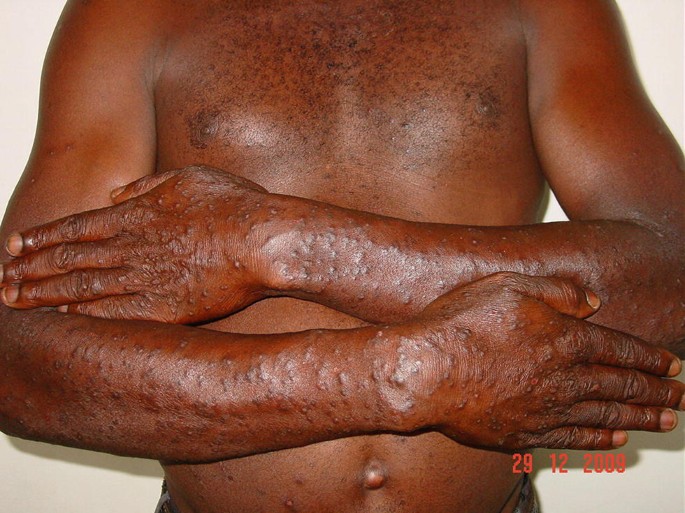Understanding how HIV (Human Immunodeficiency Virus) is not transmitted is crucial for dispelling myths and reducing the stigma associated with the virus. HIV is primarily spread through specific body fluids such as blood, semen, vaginal fluids, rectal fluids, and breast milk. However, there are numerous everyday interactions and situations where transmission does not occur, even when in close contact with an infected person.
Casual Physical Contact
HIV cannot be transmitted through casual physical interactions. Actions such as hugging, shaking hands, or patting someone on the back pose no risk. The virus does not survive well outside the human body, making transmission through skin-to-skin contact impossible. Therefore, social gestures and daily interactions with an HIV-positive individual do not put one at risk.
Saliva, Tears, and Sweat
The virus is not present in sufficient quantities in saliva, tears, or sweat to cause infection. This means that sharing utensils, drinking from the same glass, or engaging in closed-mouth kissing does not transmit HIV. Even in the case of open-mouth kissing, the risk remains negligible unless both parties have significant open sores or bleeding gums.
Airborne Transmission
HIV is not an airborne virus. It cannot be spread through coughing, sneezing, or breathing the same air as an infected person. Unlike the common cold or influenza, simply being in the same room or sharing space with someone who has HIV does not pose a transmission risk.
Insect Bites
There is no evidence to suggest that HIV can be transmitted through insect bites, including those from mosquitoes. The virus does not replicate within insects, and therefore, they cannot act as carriers. Even in areas with high mosquito populations, studies have shown no correlation between insect bites and HIV transmission rates.
Sharing Toilets and Personal Items
Using the same toilet seats, bedding, or linens as someone with HIV does not result in transmission. The virus cannot survive on surfaces, so casual contact with objects handled by an infected person is safe. Additionally, sharing food or beverages poses no risk, as HIV is not transmitted through saliva.
Protective Barriers and Safe Practices
Consistent and correct use of latex or rubber condoms during sexual activity effectively prevents HIV transmission. These barriers are impermeable to the virus, ensuring that even intimate contact remains safe when precautions are taken.
In summary, HIV transmission requires specific conditions involving the exchange of particular body fluids. Everyday interactions and casual contacts do not facilitate the spread of the virus. Educating oneself and others about these facts is essential in combating misconceptions and reducing the unwarranted fear and stigma surrounding HIV.
